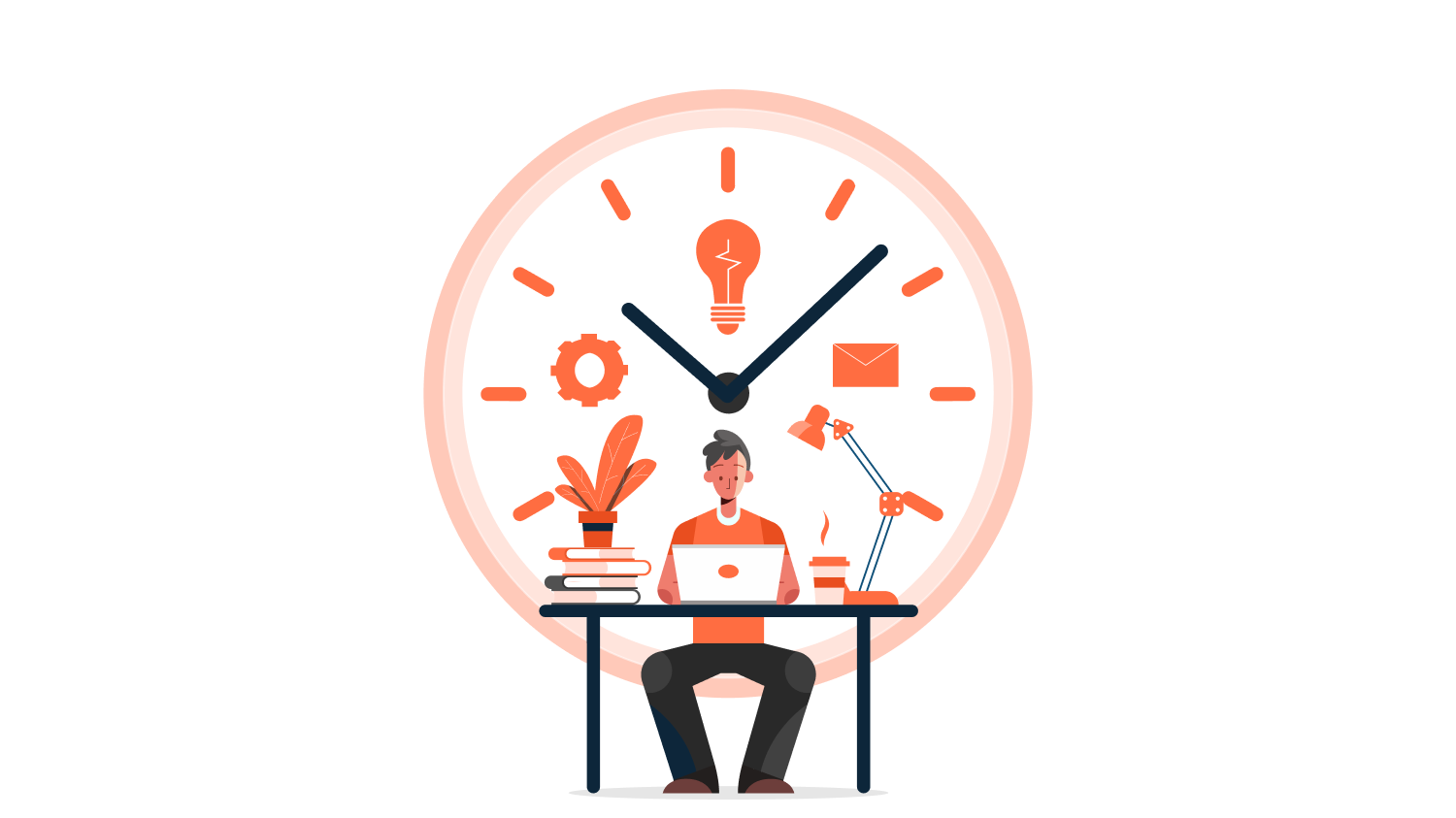In today’s fast-paced business environment, maximizing efficiency in the workplace is more crucial than ever. Organizations are continuously seeking innovative strategies to boost productivity, reduce costs, and optimize resources. This article explores various techniques and best practices that can help teams streamline their operations, enhance collaboration, and foster a culture of continuous improvement. By implementing these methods, companies can create a dynamic work environment that not only meets but exceeds their operational goals.
From leveraging technology to improve communication and project management to promoting employee well-being and engagement, the path to a more efficient workplace requires a holistic approach. It involves understanding the unique dynamics of each team and identifying strategies that align with their specific needs. In the following sections, we will delve into practical steps and real-world examples that illustrate how organizations can successfully cultivate an efficient workplace that drives performance and innovation.
Utilizing Technology for Enhanced Communication
Effective communication is a cornerstone of any efficient workplace. By harnessing technology, organizations can eliminate barriers and facilitate seamless interactions among team members. Tools such as project management software, instant messaging applications, and video conferencing platforms enable real-time collaboration, reducing the chances of misunderstandings and miscommunications. Moreover, integrating automated systems for task management can help in tracking progress and accountability. For example, by utilizing time management tools, employees can allocate their time more effectively, leading to increased productivity. For further insights into how these tools can transform workplace efficiency, visit the website.

Promoting Employee Well-being and Engagement
An efficient workplace is not solely about processes and tools; it is also about the well-being of employees. Organizations that prioritize mental health and work-life balance tend to see higher levels of engagement and productivity. Implementing flexible work arrangements, wellness programs, and regular feedback loops can significantly contribute to creating a supportive environment. By fostering a culture that values employee input and encourages professional development, teams are more likely to innovate and excel in their respective roles, ultimately driving the organization towards its strategic goals.
As we conclude our exploration of maximizing efficiency in the workplace, it is clear that the journey towards heightened productivity is an ongoing process that requires commitment and adaptability. Organizations must not only embrace technology and refine communication but also prioritize the well-being and continual development of their employees. Creating an efficient workplace isn’t a one-size-fits-all approach; it necessitates a tailored strategy that respects the unique strengths and challenges of each team. By cultivating an environment that encourages collaboration, supports mental health, and fosters a culture of continuous improvement, companies can unleash the full potential of their workforce. Ultimately, the most successful organizations will be those that integrate these elements into their core operations, transforming efficiency from a goal into a sustainable practice that drives long-term success and innovation.


Leave a Reply